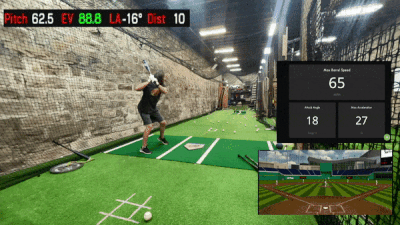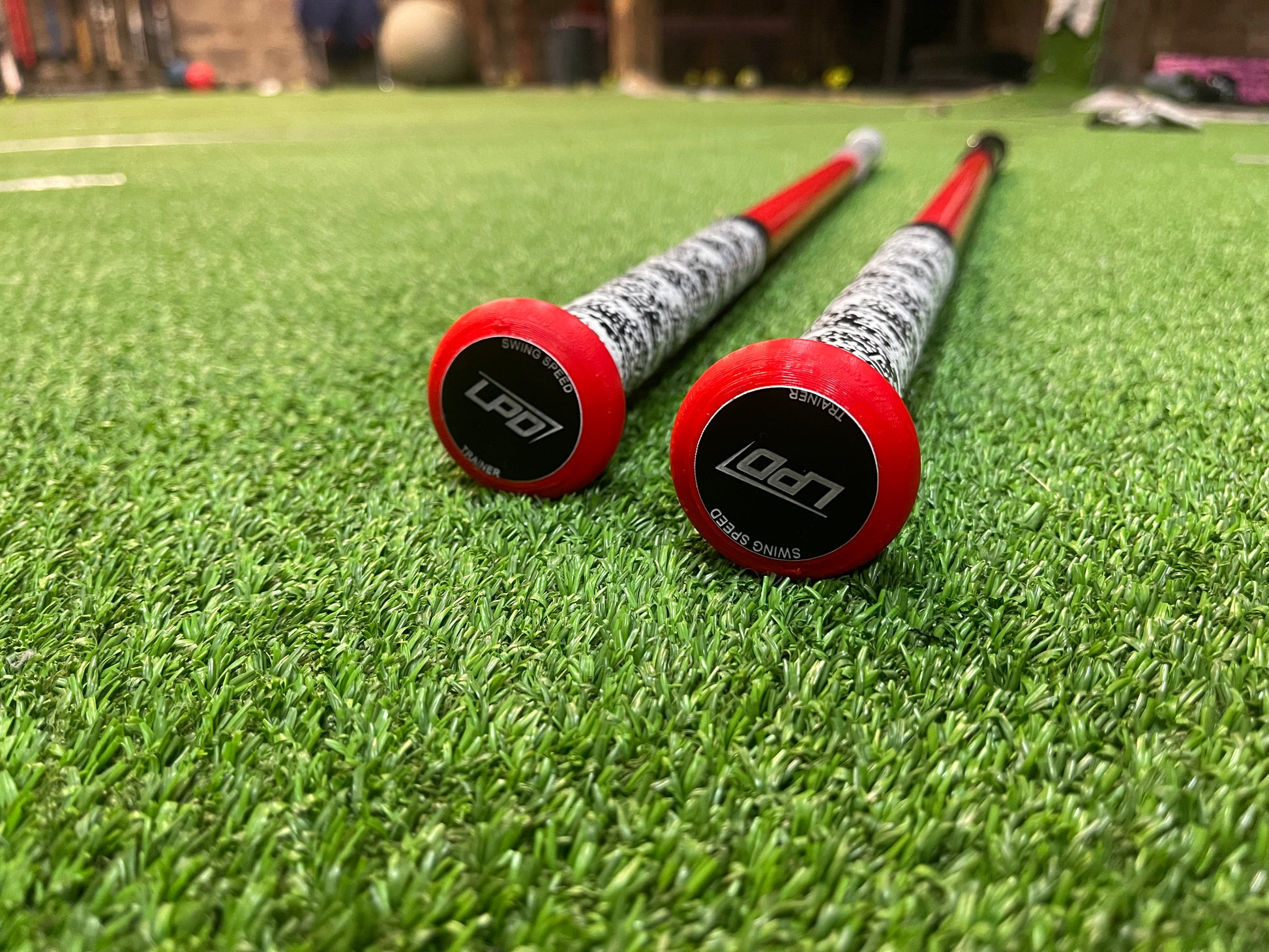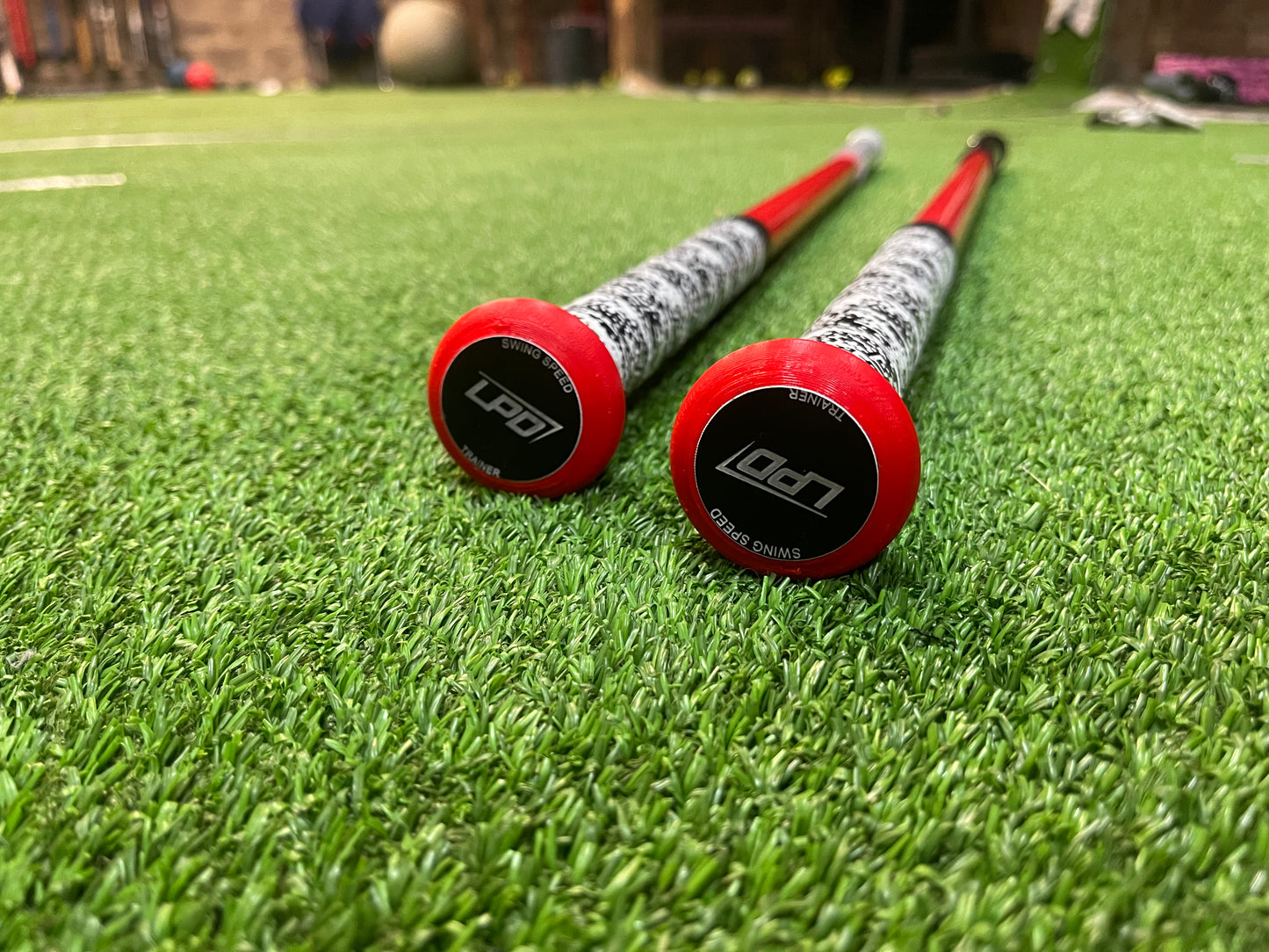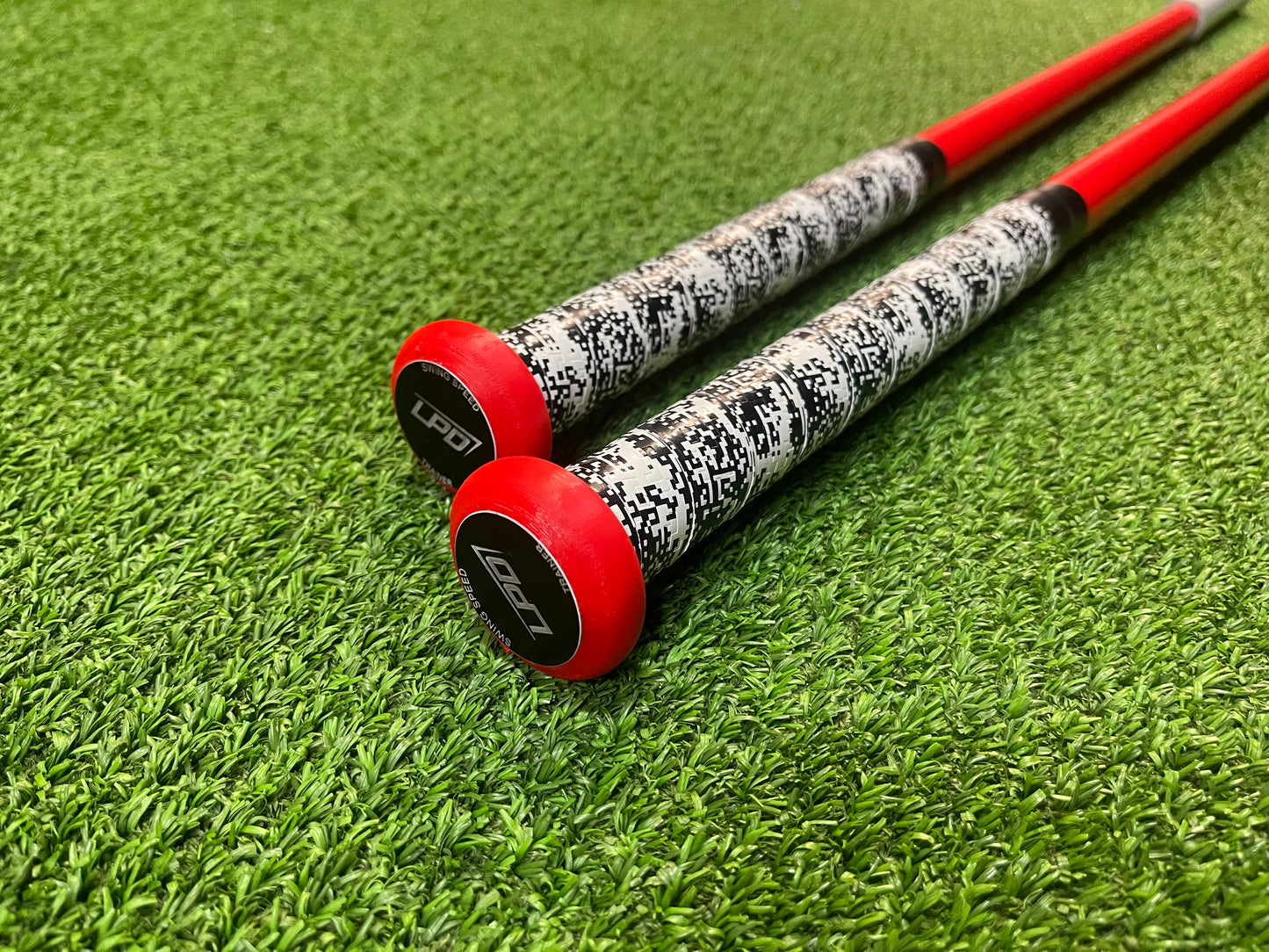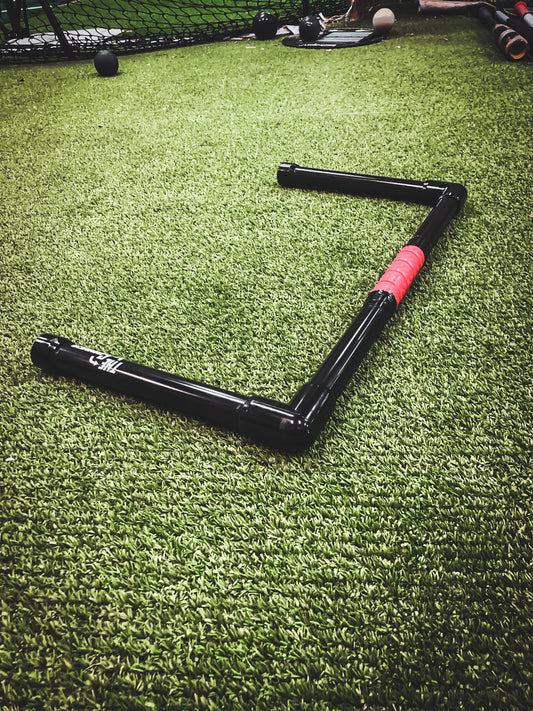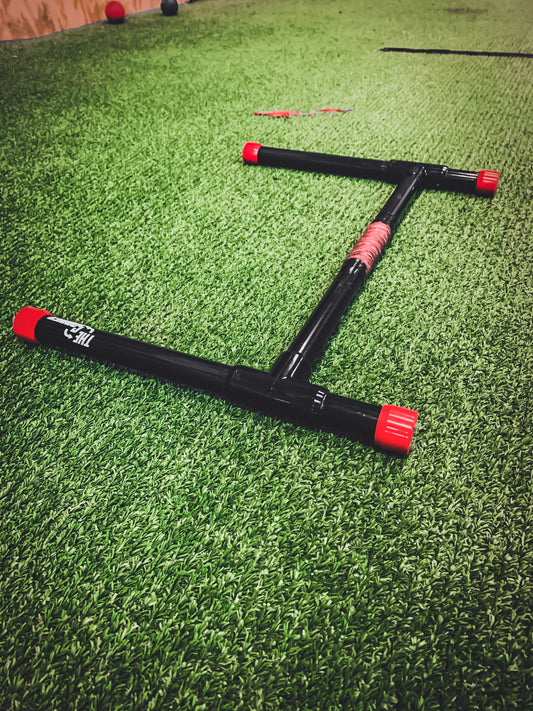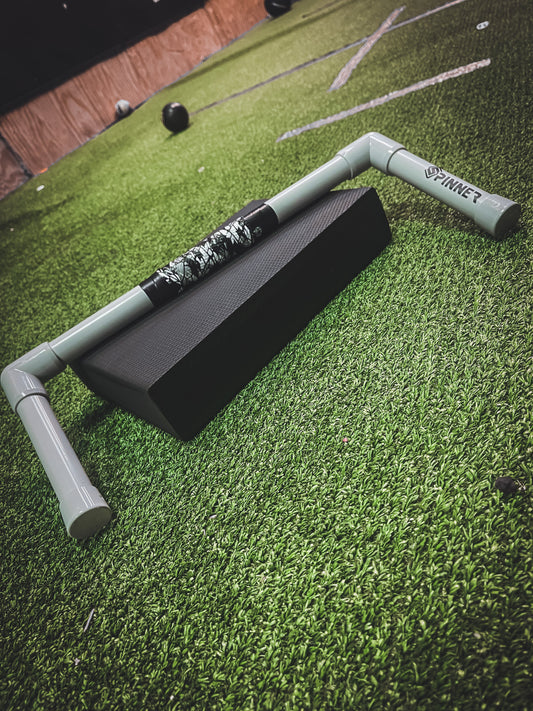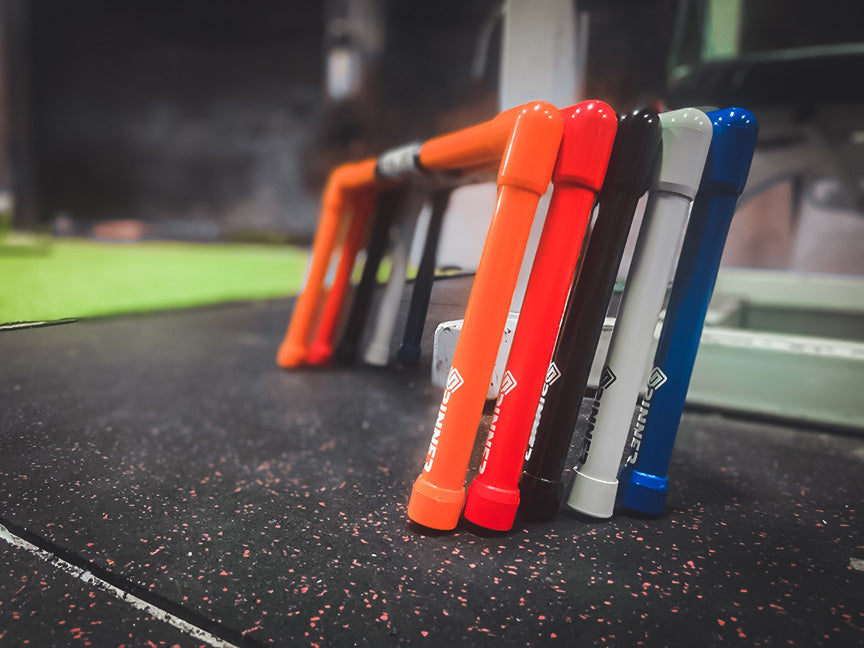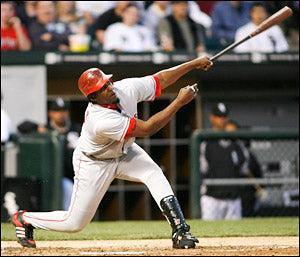If you go to any amateur baseball or softball practice/game you will see a similar pattern whenever it is time to "get loose"
Players will typically grab a ball and partner, Jog out to the outfield, and start lobbing balls back and forth to each other. We call this throwing to warm up and it is a bad habit. Not only are you wasting throws, but you could also be doing damage to one of your main tools as a baseball/softball player, YOUR ARM!! Think of it like cranking a cold card with low oil in the engine. Will it break the first time? Probably not. But over time if you do this enough you are going to do more damage than good to one of the most important tools you have to have.
Not only this but by repeating the same slow sloppy throwing mechanics "getting loose" you are ingraining inefficient, poorly sequenced mechanics that you will wish you hadn't.
What's an alternative to this plan? Warm up to throw instead of throwing to warm up and we are going to look at how the best baseball player on planet earth, Shohei Ohtani, gets ready to throw and protects his moneymaker (his arm)
Dynamic Warm Up
The basic principles are simple
Take the main joints (ankles, knees, hips, & shoulders) through ranges of motion required in baseball/softball
Skip, Jump, and Run in all three planes of movement (up/down, left/right, forward/backward - no need for fancy terms no one understands)
Add some T-Spine (mid back) rotational work and you should be good to go.
This should get your core temperature up
You can get on YouTube and find very good examples of Dynamic warm ups. Try one, or parts of a few, and get it into something you like that you can have a good routine going.
Band Exercises
Baseball players commonly use J-Bands™ exercise to improve arm strength and prevent injuries. J-Bands™ are a set of elastic bands specifically designed to help players warm up and stretch their arm muscles before throwing. This exercise primarily focuses on the muscles and joints used in throwing, including the rotator cuff, shoulder, and elbow.
The J-Bands™ exercises has many benefits, including improving arm strength, increasing flexibility, and reducing the risk of injury. These exercises can help improve throwing velocity, accuracy, and endurance. It can also help reduce the risk of common throwing injuries, such as shoulder impingement and elbow tendonitis.
Overall, J-Bands™ exercise is a valuable tool for baseball players, whether they are professionals or amateurs, to improve their performance and prevent injuries. By consistently using J-Bands™, players can enhance their arm strength, improve their throwing mechanics, and reduce the risk of common throwing injuries.
Wrist Weight Exercises
Wrist weights have multiple benefits, not only do they help with motor recruitment and patterning, but they also aid in force acceptance practice. While ball players have been using wrist weights for decades, Kyle and the Driveline Team have done an excellent job of promoting high-quality wrist weights and expanding their usage in today's market.
The reason is that throwing a 5oz baseball requires exceptional arm speed, whereas the stresses of throwing a 10 lb wrist weight are much milder due to the arm's decreased angular velocities. The slower throws and fewer concentric movements, such as rapid elbow extension, provide a safer movement while promoting efficient arm patterning and eccentric work during the throwing deceleration phase.
Furthermore, the unique arc of deceleration provided by wrist weights produces acute stress levels, which can simulate game stress preparation as there is no ball release involved
Rhythmic Shoulder Stabilization
In the video above, you see Shohei using the shoulder tube which is a great tool for rhythmic shoulder stabilization exercises. I invented The Spinner as a more portable alternative to this tool and it has been working for players for 5+ years.
Rhythmic shoulder stabilization exercises offer various benefits that can improve shoulder joint stability, increase range of motion, and enhance overall performance in sports and daily activities.
These exercises strengthen the muscles around the shoulder blade, which is essential for preventing shoulder injuries among athletes or individuals engaging in repetitive overhead motions. Additionally, the exercises require engagement of the core and maintaining proper form, which can improve coordination, balance, and mental focus.
Therefore, incorporating rhythmic shoulder stabilization exercises in daily workouts can be advantageous for those looking to improve shoulder stability, range of motion, and overall performance.
PlyoCare Balls
PlyoCare balls are often used for arm strengthening and conditioning in baseball training, but their actual purpose is to improve movement patterns while conditioning the arm. When training with overload and underload balls, the movement patterns adapt to the load and task, and with the right programming, they can be used for arm strengthening.
Certain drills mixed into a general training program can have a significant impact on throwing velocity and the overall condition of the arm.
Improvement in feel and command is another significant reason to use PlyoCare balls. When throwing different balls of different weights, the body has to program release points each throw. It is essential to preach the importance of commanding the plyo balls.
Athletes should retain the feedback on each throw, focusing on how they got to a particular release point.
Coaching and programming become key when managing the workload throughout the week around game days and bullpens, as the volume and effort within the throws are essential.
These weighted balls are not a magical fix for movement patterns or velocity; prescribing certain drills and managing the workload is crucial to healthy development.
Conclusion
The traditional practice of throwing to warm up before baseball or softball games can lead to damage to the arm and the development of inefficient throwing mechanics.
A better approach is to warm up to throw, using a dynamic warm-up that takes the main joints through the ranges of motion required for the sport, band exercises to improve arm strength and prevent injuries, wrist weight exercises for motor recruitment and patterning, rhythmic shoulder stabilization exercises to improve shoulder joint stability and range of motion, and PlyoCare balls to improve movement patterns and conditioning of the arm.
By incorporating these exercises and techniques into their training routine, baseball and softball players can improve their performance and reduce the risk of injury.
Keep Opening Doors


